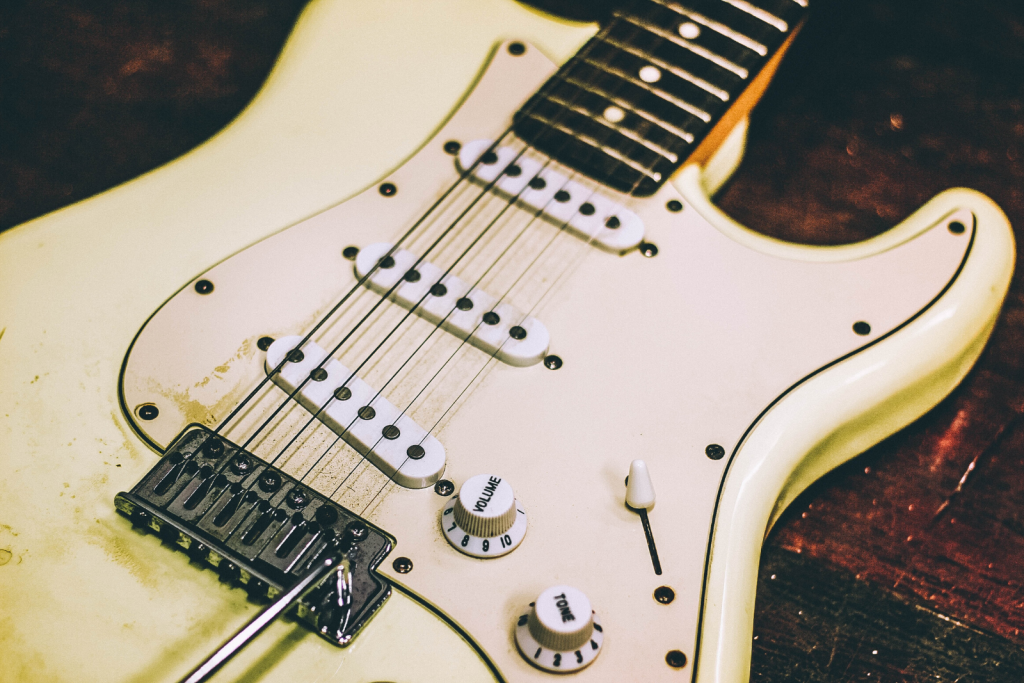Recording electric guitar can be a challenging yet rewarding experience. To capture the true essence of your instrument in a recording, it is important to follow a few key tips. Firstly, selecting the right room for your recording is crucial. Look for a space that offers good acoustics and minimal background noise. Rooms with hard surfaces like wood or concrete tend to create natural reflections that can enhance the overall sound of your guitar. Experiment with different rooms and find the one that best suits your desired sound. If you are using an amplifier, the placement of the amp within the room can greatly impact the sound. Moving it closer to walls or corners can alter the sound by adding depth or resonance. Take the time to find the sweet spot where your amp sounds the best in the given space. Experimentation is key here.

Choosing the right microphone is essential for capturing the unique qualities of your electric guitar. Dynamic microphones like the Shure SM57 are popular choices due to their ability to handle high sound pressure levels and provide a focused sound. However, don’t be afraid to experiment with different microphone types, such as condenser or ribbon mics, as they can yield interesting results. Each microphone will capture the sound differently, so it is worth trying out a few options to find the one that suits your Music instruments and desired tone. Once you have selected your microphone, proper placement is crucial. The classic approach is to position the microphone close to the speaker cone, slightly off-axis. This placement helps capture the direct sound of the guitar while minimizing unwanted room reflections. However, don’t hesitate to experiment with different placements and distances from the amp to achieve the desired sound. Moving the microphone closer to the edge of the speaker cone or further back can produce different tonal characteristics.
It is also important to consider the signal chain and signal processing. Use high-quality cables to connect your guitar to the amplifier and the amplifier to the recording interface. Experiment with different gain settings on your amplifier to find the optimal balance between clarity and distortion. Additionally, consider using EQ, compression, and other effects during the recording process to shape the sound further. However, be careful not to overdo it and lose the natural dynamics of your guitar. Lastly, don’t forget to monitor your recordings. Use headphones or studio monitors to ensure you are hearing an accurate representation of the sound. Pay attention to any unwanted noise, distortion, or imbalance in the mix, and make adjustments as needed. Recording your electric guitar can be a fun and creative process. By selecting the right room, amp placement, microphone, and signal processing, you can capture the best sound possible. Remember to experiment and trust your ears. With practice and patience, you will be able to achieve recordings that truly showcase the unique character of your electric guitar.
